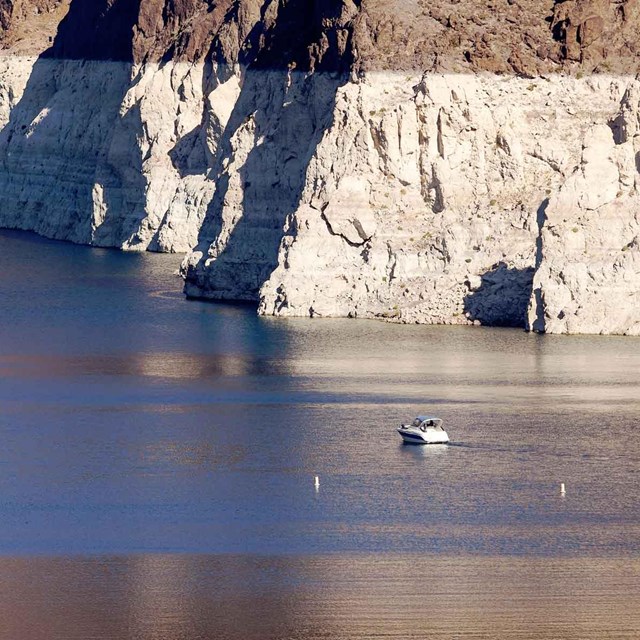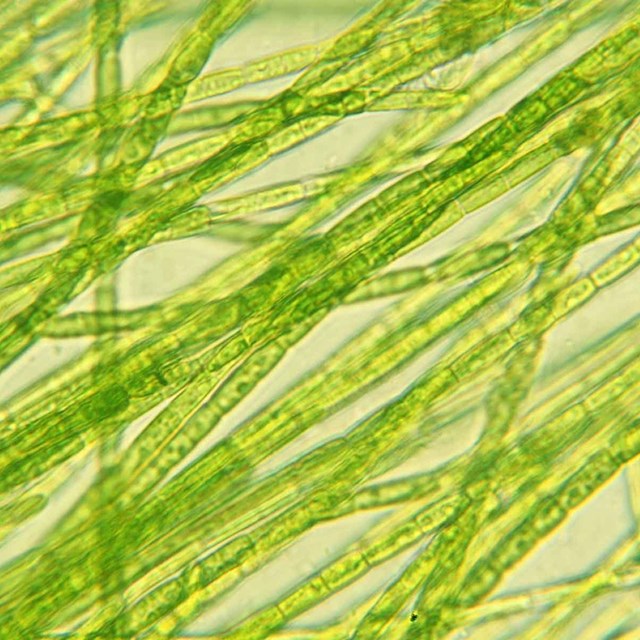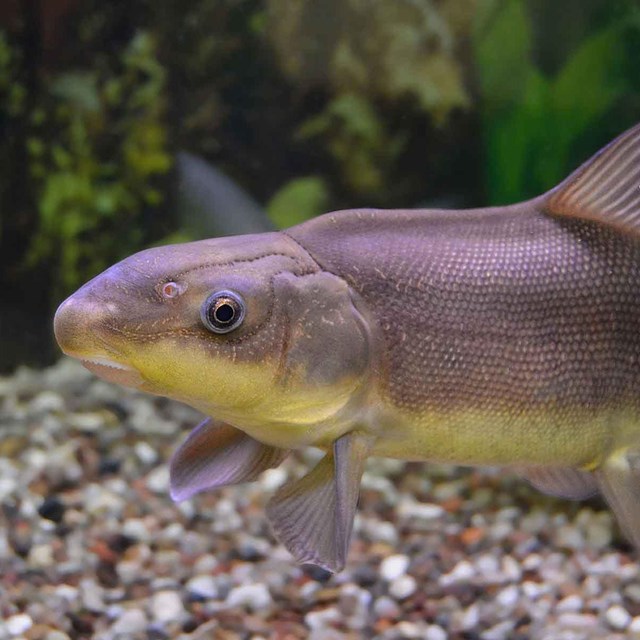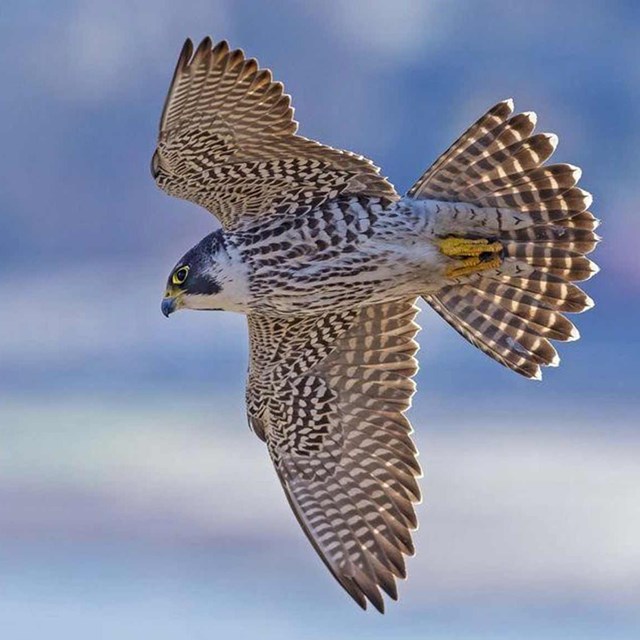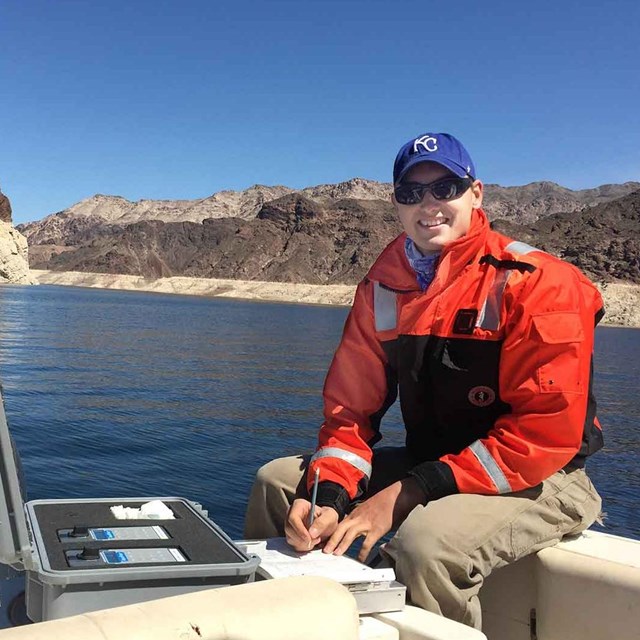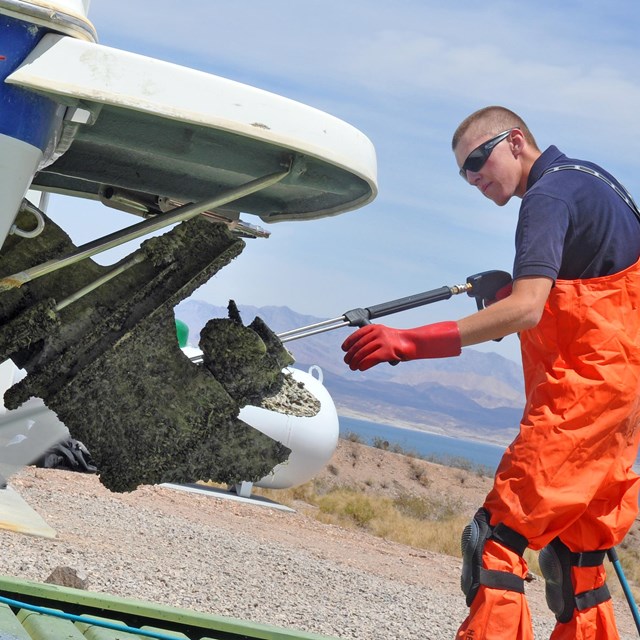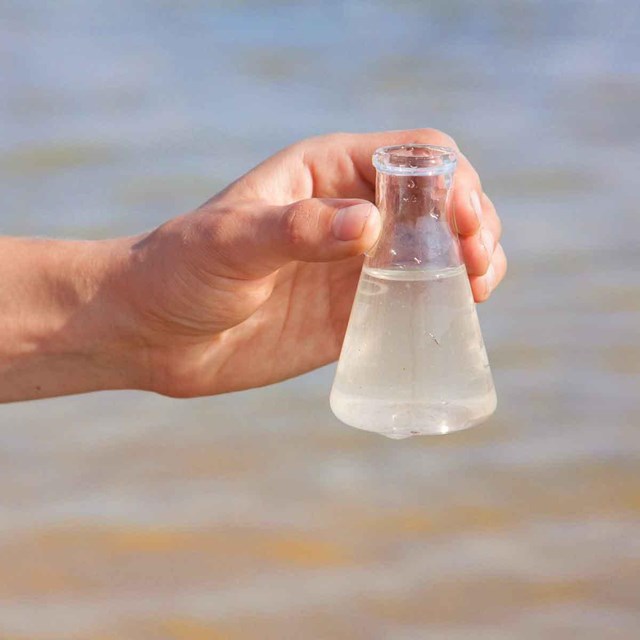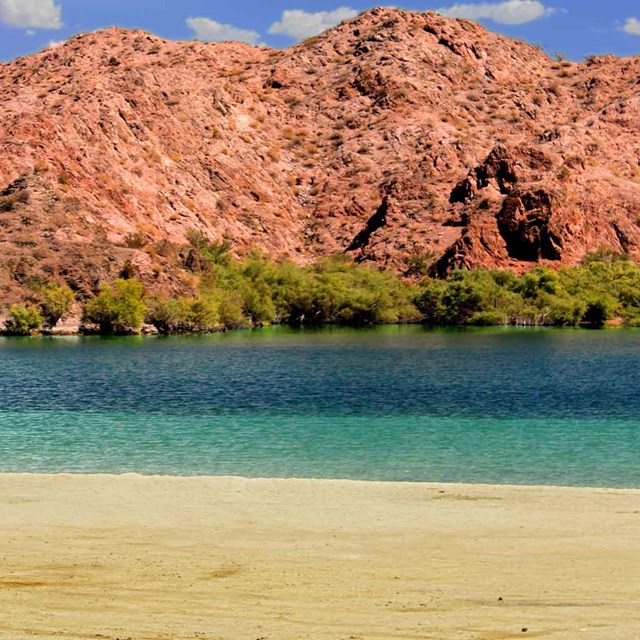
What is The Surface Project?The trillions of gallons of water in Lake Mead and Lake Mohave offer not only a place for recreation and a home for plants and animals, but also a critical water source for millions of people in the Southwest. Because this water is so important, people from dozens of organizations and agencies are constantly monitoring its quality and availability. The Surface Project is an exciting online resource that brings the stories and science within these lakes to the surface. The Stories
Frequently Asked QuestionsHealthy Lakes - Healthy LivesSince the lakes are such an important resource, residents and visitors alike have lots of questions about how healthy they are. Healthy Lakes – Healthy Lives answers these questions in an easy-to-read format, bringing together information from multiple sources to address the overall condition of lakes Mead and Mohave’s ecosystem. Continue to FAQs |
Last updated: September 2, 2020

